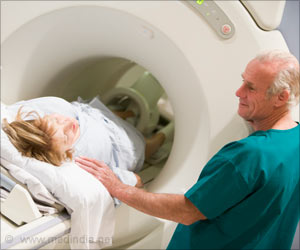Naltrexone Medication Information
Learn everything you need to know about Naltrexone-pronunciation, uses, dosage guidelines, indications, and when to take or avoid it.
Get up-to-date information on side effects, precautions, warnings, and proper storage to ensure safe usage.
Explore Naltrexone brand names commonly used in India and internationally, along with detailed pricing information. Consult your healthcare provider for tailored medical advice.
Generic Name : Naltrexone Pronunciation : nal -TREX -own ICD Code : Y45.0 Therapeutic Classification : AnalgesicsBrand Names or Trade Names of Naltrexone
India :
International :
Revia .
Why is Naltrexone Prescribed? (Indications)
This medication is an opioid antagonist, prescribed for management of alcoholism and addiction to opioid drugs. Naltrexone is prescribed either alone or with other medications. It blocks the receptors in the brain in order to terminate the action of opioids.When should Naltrexone not be taken? (Contraindications)
Contraindicated in patients who are concurrently dependent on opioids, acute liver inflammation or liver failure, acute opioid withdrawal and patients on therapeutic opioid analgesics.What is the dosage of Naltrexone?
Adult: PO- Opioid dependence- Initial: 25 mg, then up to 50 mg/day if no withdrawal signs. Maintenance: 350 mg/week given as 50 mg/day or divided in 3 doses (given on 3 days of the week) for improved compliance.Adjunct in alcohol dependence- 50 mg/day.
IM- Adjunct in alcohol dependence- 380 mg 4 weekly.
How should Naltrexone be taken?
It comes as a tablet to take by mouth, with or without food.What are the warnings and precautions for Naltrexone?
•Caution should be exercised in patients with history of liver or kidney impairment, bleeding disorder, patient under treatment with disulfiram and thioridazine, pregnancy, breastfeeding, elderly, and in children.• Monitor liver functions regularly.
• Patient may develop with suicidal thoughts.
• Strictly avoid the usage of heroin or opioid drugs, otherwise it will cause death.
• Patients should be free from opioid at least 10 days before the treatment with this medication.
What are the side effects of Naltrexone?
Most Common- Constipation, fatigue, abdominal, joint and muscle pain.Respiratory - Nasal congestion, itching, runny nose, sneezing, sore throat, excess phlegm, sinus trouble, heavy breathing, hoarseness, cough and shortness of breath.
Heart - Nosebleeds, inflammation of veins, swelling, increased blood pressure, nonspecific ECG changes, palpitations, and fast heart rate.
Gastrointestinal - Nausea, vomiting, diarrhea, ulcer, excessive gas trouble and piles.
Musculoskeletal - Excess pain in the shoulders, legs or knee region, tremors and twitching.
Genitourinary - Increased urination frequency and decreased sexual interest.
Skin - Oily skin, rashes, itching, pimples, athlete’s foot, cold sores and hair loss.
Central Nervous System - Headache, dizziness, nervousness, fearful thought, fatigue, restlessness, drowsiness, confusion, depression, disorientation, hallucinations, nightmares and suicidal thoughts.
Eye and ENT - Blurred vision, burning, light sensitivity, ears “clogged”, aching and ringing in the ear
Miscellaneous - Increased appetite, weight loss, weight gain, yawning, fever, dry mouth, head pounding, swollen glands and cold feet.
What are the other precautions for Naltrexone?
During reversal of this drug, if patient requires opioid painkillers, then the amount of opioid must be increased than the usual dose.Monitor for injection-site reactions and bleeding disorders.















